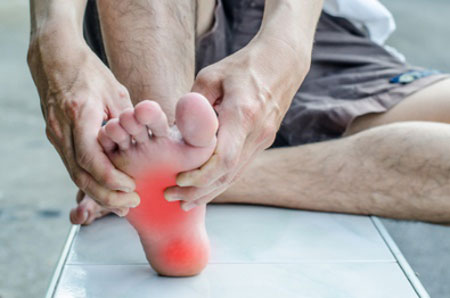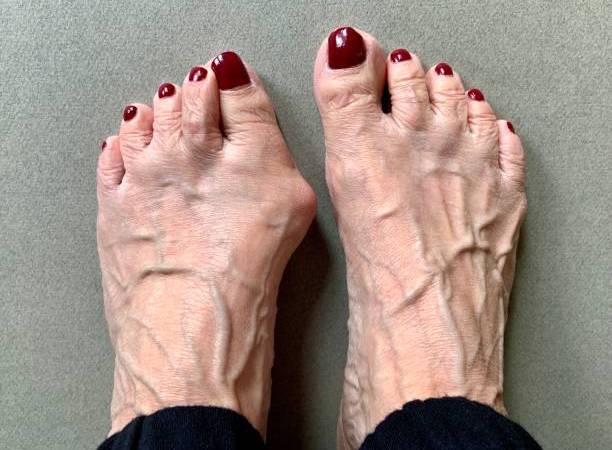Texas Top Podiatrist Dr. Sherman Nagler is one of the best at Bunion Surgery

How to determine a Course of Treatment for Bunion Pain?
June 12, 2020
Contact a Podiatrist For Treatment With Your Feet
June 16, 2020Over 100 different procedures have been described in the scientific literature for correcting bunions. Currently, the most common procedures involve correction via a distal metatarsal osteotomy, a cut at the end of the bone just behind the big toe, due to the ease of use, reproducibility and predictable postoperative course.
Minimally invasive surgery (MIS) has become a flourishing topic of interest in foot and ankle surgery recently, as it has been correlated with less pain, less postoperative swelling, better cosmetic appearance and faster recovery. Performing this from the outside through small cuts is possible with a specialized power rotary burr, which is designed to perform at 6,000 rpm to prevent heat or soft tissue damage. One can dial in bone cuts and movement of the bone to achieve appropriate correction and fixation of the deformity. In third-generation MIS bunion correction, fixation has evolved from the use of pin fixation to the use of specifically designed headless hollow screws that span the bone and cut.
However, there are complications of first ray MIS techniques that include:
• mechanical and thermal injuries producing nerve injury;
• soft tissue and bone non-viability associated with high-speed burr use;
• infections due to prolonged exposed K-wire placement;
• bone displacement due to instability of the cut and poor fixation resulting in non-healing;
• bone shortening and overaggressive bone resection;
• non-viability of the bone due to disruption of the blood supply;
• deformity recurrence due to lack of complete correction;
• extra bone formation; and
• joint stiffness and cysts due to driving skin cells deeply with the instrumentation.
Houston’s Foot Doc Sherman Nagler at the Nagler Foot Center Houston TX, has been performing bunion surgeries for 20 years. He will be able to look at the severity of the bunion and plan the appropriate treatment plan, including surgery, if one is needed at all. The procedures that we use are procedures that are tried and true, well-documented in the literature, taught in school and residency, and tested in board certification exams.



